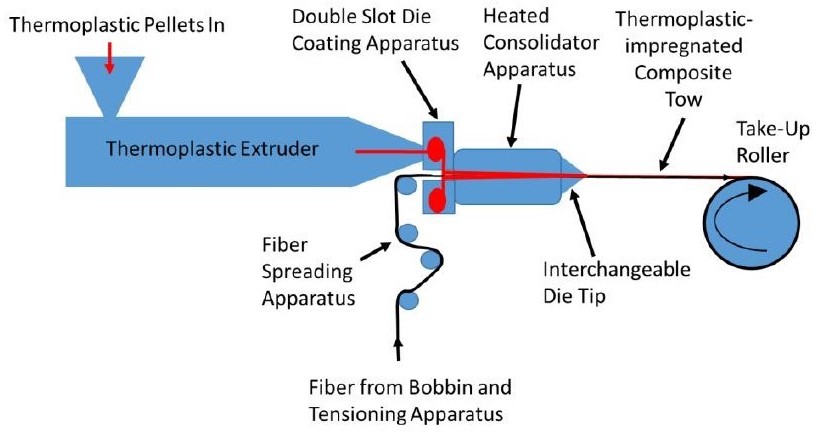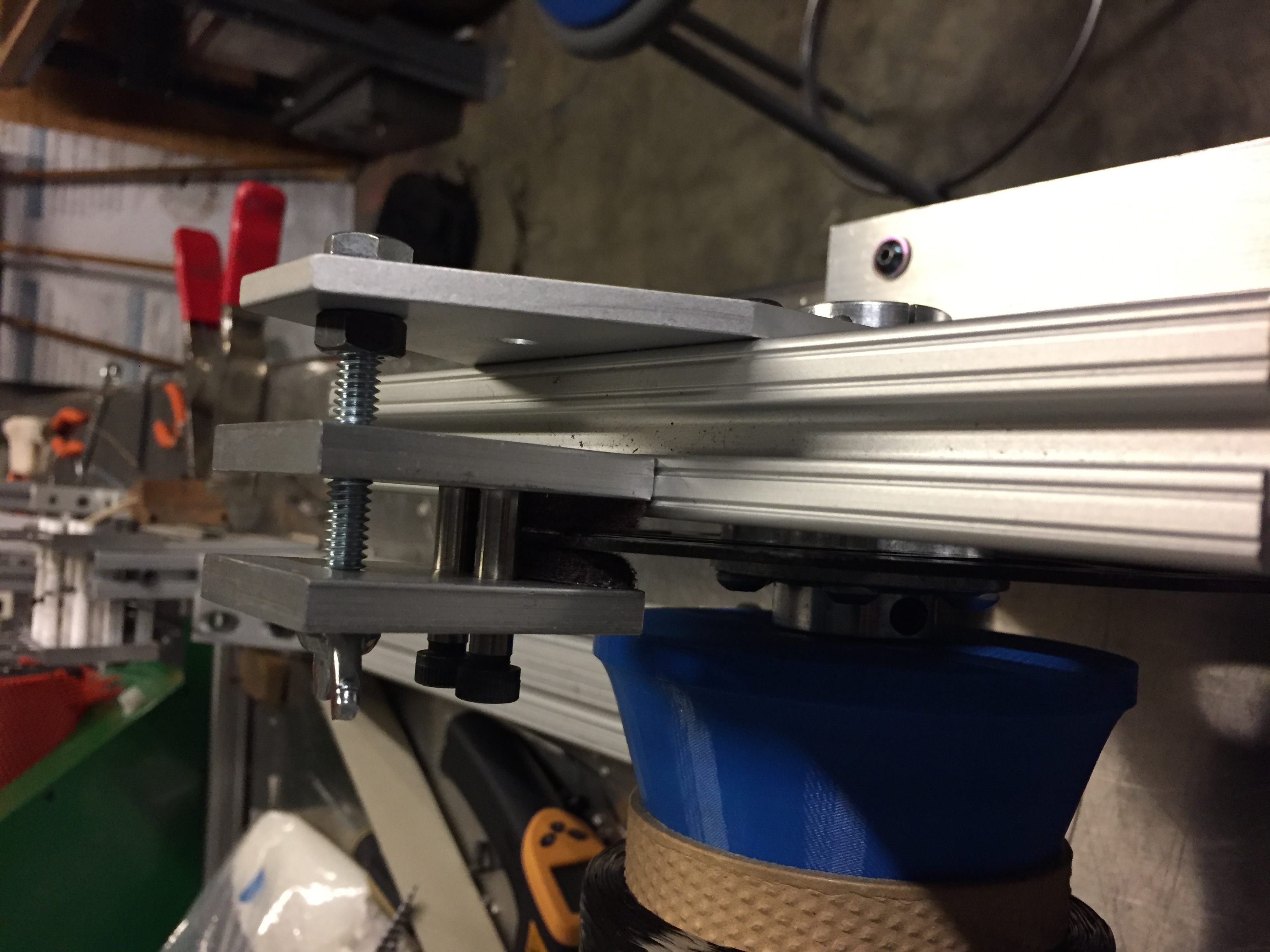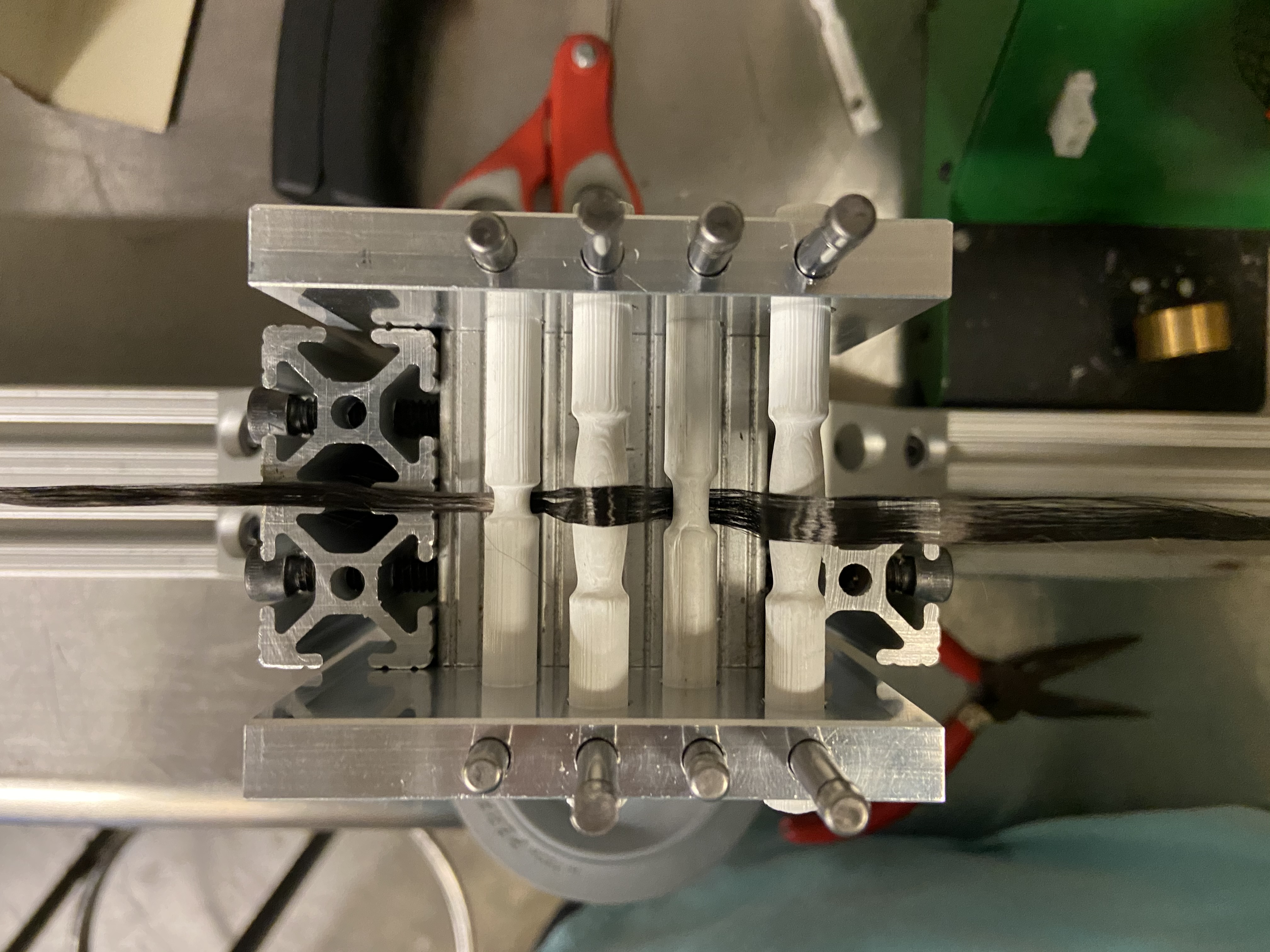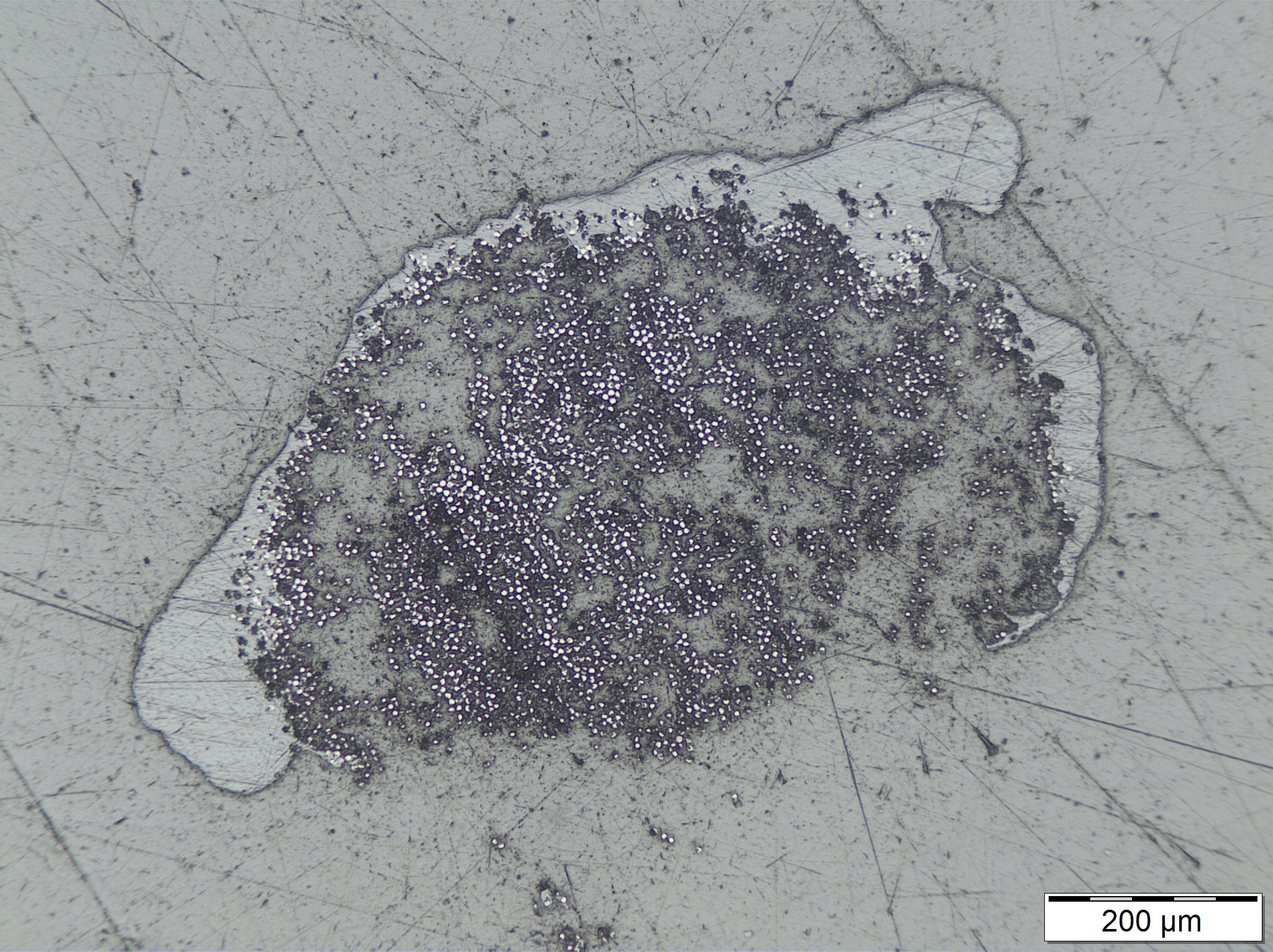Composite Fiber Manufacturing

CAD model of overall system
My interdisciplinary capstone project during the fall 2020 semester involved automating and improving a lab prototype for manufacturing composite prepreg filament. The system took as inputs the raw materials of plastic pellets and carbon fiber, and produced a composite filament which could then be used in automated fiber placement and 3D printing. This system would allow for production of such composites on site, at a lower cost, and in a smaller order sizes. The initial prototype featured no automation and the fiber was pulled through the system by hand.

Overall system diagram
Several aspects of the system were redesigned from the initial prototype. First, the drive wheel, which pulls the fiber through the system needed to be automated. We chose a 24V DC stepper motor for its cheap cost and high accuracy in speed control. The stepper motor was controlled using an arduino UNO and the code was written in the arduino IDE. In order to keep the fiber under tension while it was pulled through the system, a tensioning mechanism was placed near the spool of fiber. The original tensioning system was not adjustable, so a new one was designed and built. The new tensioner resembles a disc brake attached to the fiber spool, which applies tension to the fiber as the spool turns. The plates of the tensioning system were CNC cut from aluminum and the frame of the spool was made from aluminum 80/20.

Final tensioning system
The fiber spreading system was also redesigned so that the spreading pins could be easily replaced if needed. The housing for the spreading pins was cut on a CNC mill and prototypes of the pins were designed using CAD software and then 3D printed for rapid prototyping.

Fiber spreading system
In testing the overall system, we used carbon fiber and PEEK as the resin. The quality of the composite filament was determined by optical microscopy. Samples of the composite filament were mounted in epoxy, ground, and polished before being examined under an optical microscope to see the extent to which the PEEK resin penetrated the carbon fibers.

PEEK and carbon fiber composite set in epoxy
